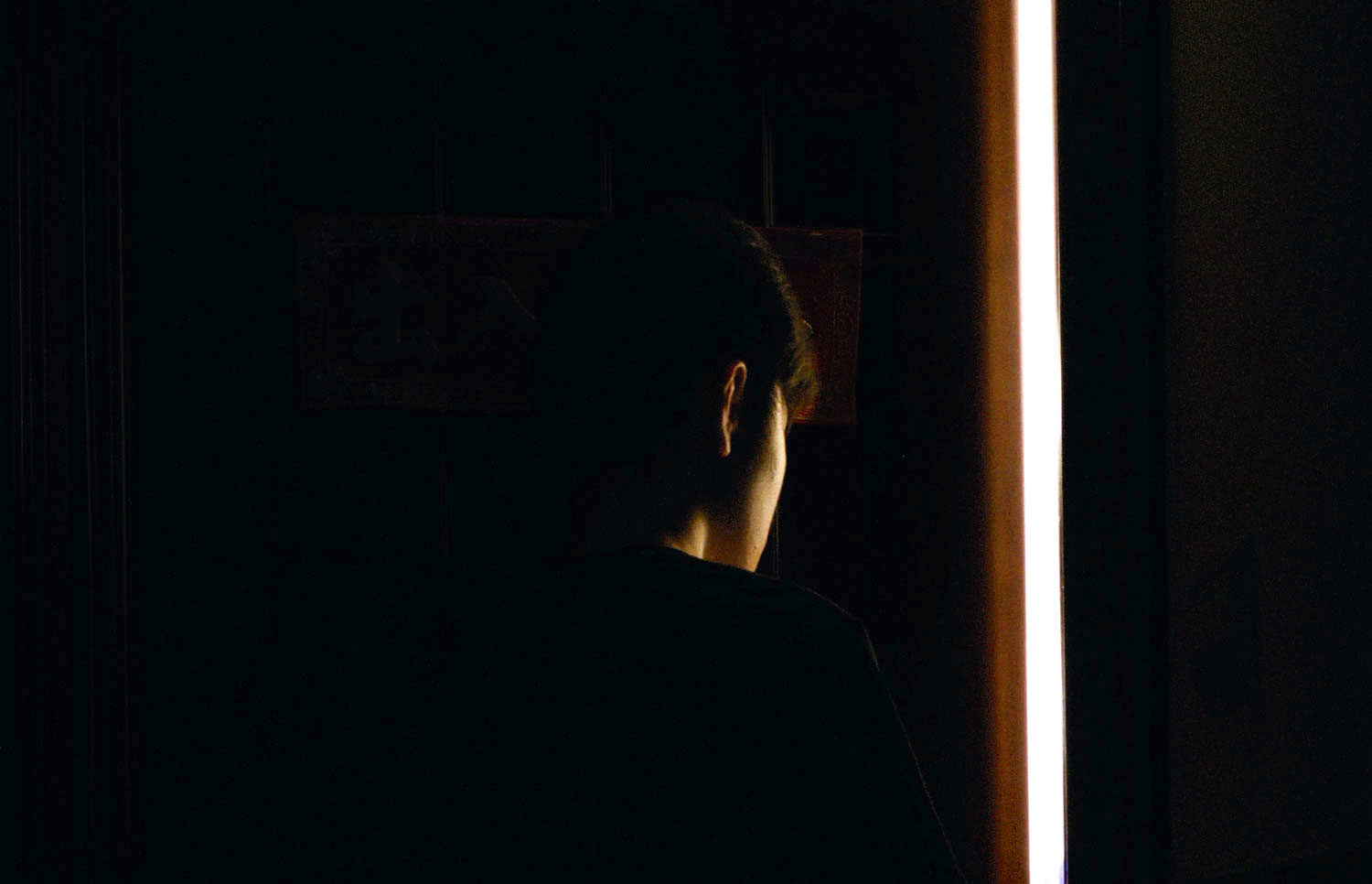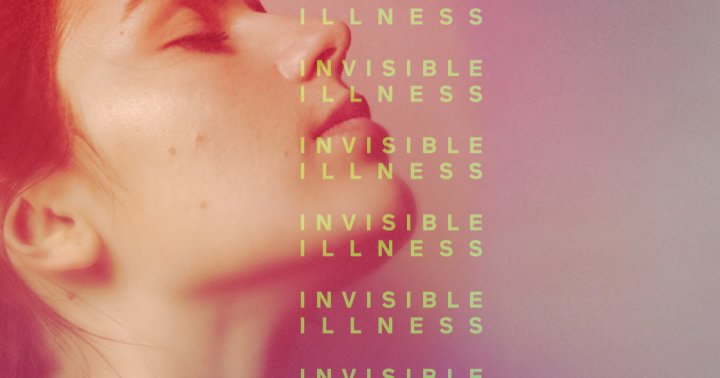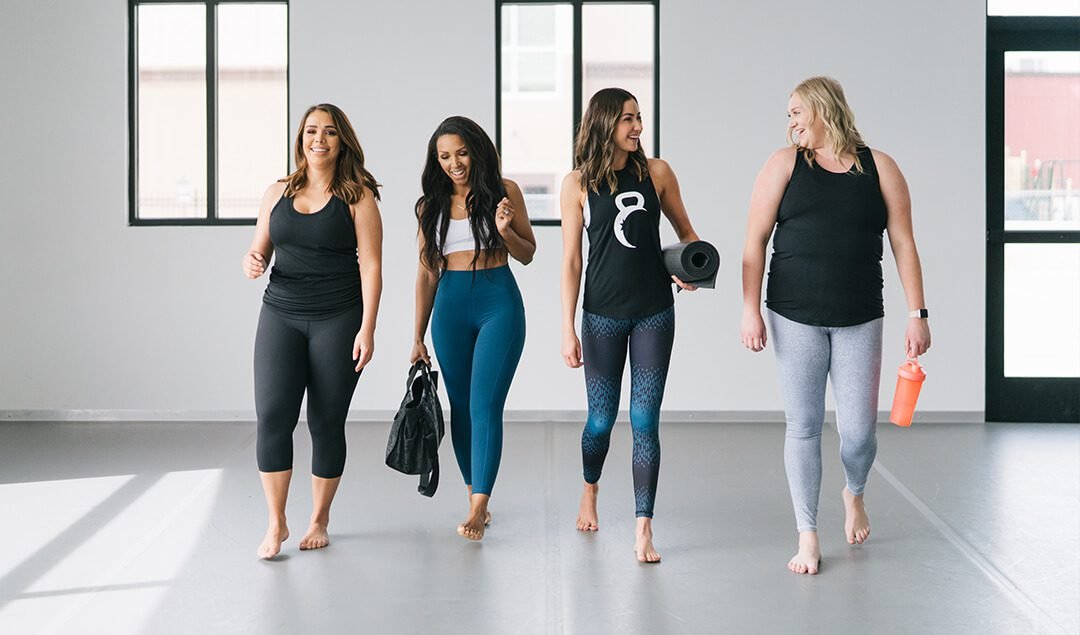How to Find Your Ideal Meditation Positions and Posture
The post How to Find Your Ideal Meditation Positions and Posture appeared first on The Yoga Nomads.
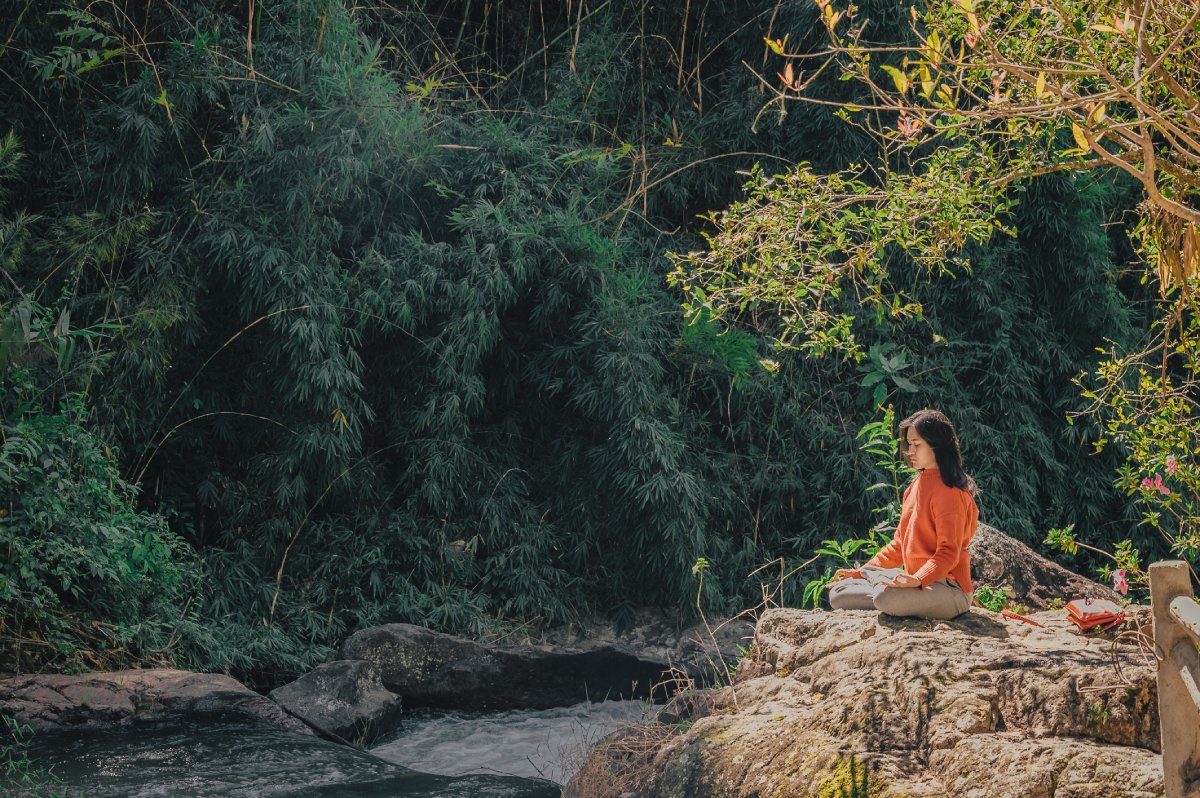
When it comes to meditation poses, the goal is to find a comfortable position where you’re both calm and alert. Without a stable physical position, finding mental balance becomes more challenging.
The Buddha taught four meditation positions without ranking any of them above the others. Meditation is practiced not only by sitting, but also by standing, walking, or lying down.
Ultimately, meditation is a practice that permeates many aspects and moments of our lives. But, when you’re starting out, it may feel overwhelming to choose from the multitude of techniques—and meditation postures—out there. Different meditation poses will suit us better in different periods of our lives.
Most basic meditations involve bringing our attention to the present moment by noticing physical sensations or the breath. This form of mindfulness helps with the development of concentration.
You can meditate anytime, anywhere, and for any length of time. Whether you’re brand new to meditation or a regular practitioner, the key is to stay flexible in your approach. Developing a meditation practice that works for you is the goal. Be willing to modify and adjust your practice to suit your needs and interests.
Keep reading to discover simple guidelines on how to maintain the correct posture, learn several meditation positions, and more!
Basic Meditation Pose Guidelines
Follow these simple guidelines to get the most out of any meditation pose!
1. Start Where You Are
The primary goal is an easy and enjoyable position. It’s counterproductive to compromise your psychological or mental health in the act of mindfulness or meditation.
Find what meditation positions suit you through trial and error. Accepting that our bodies change from moment to moment, day to day and year to year is part of meditation practice. Use imperfection as part of meditation during this process.
Posture is essential to meditation, but you can take a flexible approach to it.

2. Cultivate Proper Alignment
Here’s a cheat sheet for optimally aligning your physical body for meditation.
EYES closed or gazing softly downwardCHIN slightly tuckedJAW relaxedSPINE upright yet naturalSIT BONES centered and groundedPALMS placed naturally on the legsKNEES AND FEET below hipsKeep the Spine Erect Yet Relaxed
No matter how you sit, stand or lie down, your spine should be as straight as possible. If you tend to slouch forward or sway backward, gently remind yourself to come back into a neutral and centered posture.
Root down through your sit bones, legs and feet with each exhale. Lengthen your spine with each inhale.
Feel the line of energy that extends from the base of your spine out through the crown of your head. Maintaining a straight spine helps you stay alert.
Hands, Arms and Shoulders
Rest your hands on your thighs with your palms facing down. Keeping your hands placed down is grounding.
Alternatively, stack your hands in your lap with the palms facing up. To do this, place your right hand on top of your left with the thumbs gently touching. This hand position (or mudra in Sanskrit) builds a bit of heat and energy.
Let your shoulders be relaxed and comfortable. Be sure to draw them slightly back and down to keep your heart center open and your back strong.
Chin and Jaw
Keep your chin tucked in slightly while lengthening the back of your neck. This position helps you to maintain your posture. Allow your forehead and jaw to unclench and relax.
Some people find it helpful to keep the jaw slightly open while pressing the tongue lightly against the roof of your mouth. This automatically relaxes the jaw and enables deep breathing.
Pelvis
If you’re sitting on the ground, place your sit bones at the center of the cushion. Once you sit down, move your spine, wiggle around a bit, relax, and find solid ground.
Standing Meditation Posture
Standing meditation is ideally practiced in mountain pose (tadasana). It has the same guidelines as a seated meditation posture, only your feet are on the ground.

Sitting Meditation Poses
Practicing meditation using the traditional seated lotus position with legs crossed may seem like a cliche since the image of a yogi holding this pose is what immediately comes to mind when one thinks of “yoga.”
Nonetheless, it’s a stereotype because it has been practiced for centuries.
Lotus Pose and Variations
Hindus and Buddhists associate the lotus flower with beauty, purity, enlightenment, abundance and rebirth. The lotus flower is a common icon of Buddhist art, with enlightened deities pictured sitting on a giant lotus flower or holding one in their hand.
Ancient Hindu texts claim that padmasana (the Sanskrit name for lotus pose) eradicates disease and awakens potent kundalini energy at the base of the spine.
Most modern humans cannot jump right into the lotus pose. Doing so could result in pain or injury. Start slowly with a quarter or half lotus. Over time, with dedication, your leg and hip muscles will become more flexible and you’ll eventually be able to perform full lotus without straining.
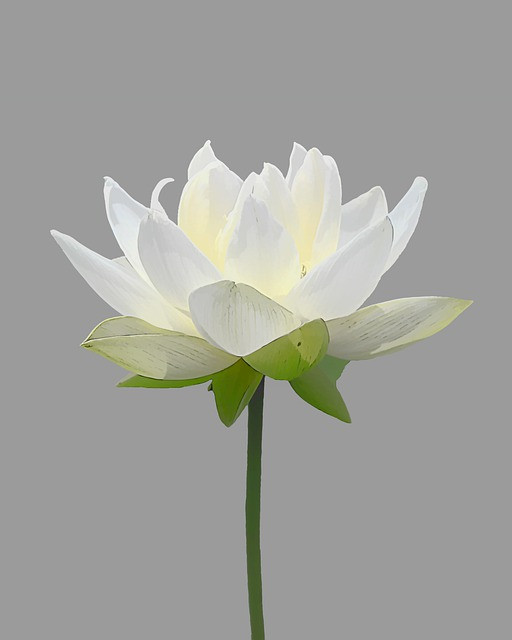
4 Benefits of Sitting in Lotus Pose
1. Hip Opening
Lotus pose is the ultimate seated hip opener. It increases blood circulation to the hips, pelvis, legs and feet.
Be sure to practice on both sides, first with one leg on top and then with the other. If you notice that one side of your body is significantly tighter than the other, practice twice as long on that side.
Eventually, you’ll balance out the two sides and find more equilibrium in both hips, knees, and feet.
2. Deeply Stretch Ankles and Knees
The ankle and knee joints are crucial to our ability to stand and walk, run and dance. Lotus pose increases the flexibility in all the important joints and ligaments of the legs.
It’s important to warm up beforehand and not hold the pose for too long—nor to sit through serious pain and discomfort.
3. Be More Calm, Aware and Focused
Sitting in lotus pose (or its variations) has a centering effect. The way the legs are bound together in the position helps ground and connect you to the earth.
Lift the heart and the crown of the head, connecting to the sky and universe above. Sitting in this way and practicing meditation connects us to the heart.
4. Awaken the Chakras
Sitting in lotus pose positively affects our subtle energy field. The seven main chakra points begin at the base of the spine and end just above the crown of the head.
Lotus pose redirects apana (the Sanskrit term for the downward-moving energy present in the body) through the lower body. It then moves back up the spine to activate the heart and upper chakra energy centers.

Quarter Lotus
Quarter lotus is more commonly known as sitting cross-legged or “crisscross applesauce” in elementary teacher speak. In this pose, the ankles are crossed and one foot is positioned in front of the other.
A meditation bolster or chair can help raise the hip and the pelvic bones forward so the lower back does not curve.
If needed, lean back against the wall or a sturdy piece of furniture. Put a soft pillow or two behind your lower back to make sure your spine is upright. If sitting cross-legged bothers your knees, stretch your legs out in front of you.
Half Lotus
Half lotus pose is identical to quarter lotus, except that one foot rests the opposite upper thigh. However, half lotus posture demands great hip flexibility to avoid strain.
Pro tip: Try practicing yoga hip-openers such as warrior I, squat and pigeon pose as warm-ups to prepare your body.
Full Lotus
The lotus position is a challenging position for most beginners. It’s where each foot is positioned on the opposite upper thigh. Needless to say, this poses requires significant hip and knee flexibility.
Avoid full lotus if you suffer from arthritis or any other issues in your feet, knees or hips.

More Seated Meditation Poses
Hero Pose
In hero pose (called “Seiza” in Japanese or, more generally, kneeling meditation), rest on the floor on bent knees. You sit on your feet with the shins flat on the floor and your ankles below your bottom.
Place a cushion between your bottom and heels for more support and less strain on your knees. If you feel any pain in this position, choose another meditation pose that allows you to be pain-free, relaxed and maybe even joyful.
Root your weight back and down through your sit bones to prevent putting excessive pressure on your knees.
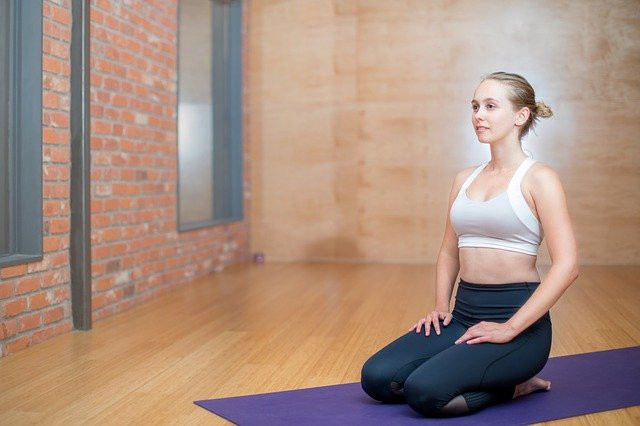
Chair Meditation
Another fine choice for sitting meditation is to sit in a chair with your legs uncrossed, soles of the feet on the floor, and arms and hands resting in your lap.
Sit close to the back of your chair for stability, yet try not to lean on the back of the chair unless you find it necessary.
Find the optimum posture on your seat. If you tend to slouch, put a rolled-up towel behind your lower back. Alternatively, put blankets or a cushion on the seat to raise your hips and pelvis forward.
Reclining Meditation Pose
Since the mind tends to be more alert and attentive when we’re seated in an upright position, sitting to meditate is ideal when possible.
However, you can meditate lying down, too. Just try not to fall asleep!
Savasana or corpse pose is traditionally practiced lying down on the back. Relax the muscles and center the mind for meditation practice.
Summary
There is no universal meditation posture that works for everybody. It takes some time and effort to find the ideal way to practice sitting meditation for your specific body type and lifestyle.
Remember that meditation involves more than the mind. The body should also feel pleasant and well-aligned.
Using an adequate posture is key to success. In the presence of pain and discomfort, it’s nearly impossible to stay focused on the present moment.
Even if your first meditation session is uncomfortable, don’t worry. Finding the right meditation position takes time and a dash of patience. Bit by bit, you’ll gain a deeper understanding of your personal uniqueness in body, mind and spirit!

 Astrong
Astrong 







